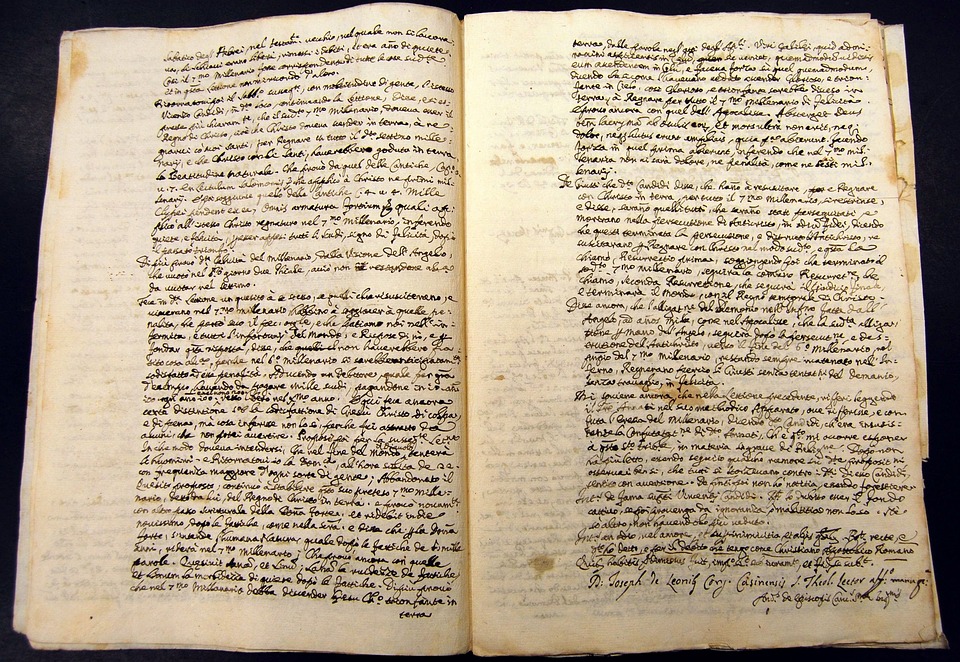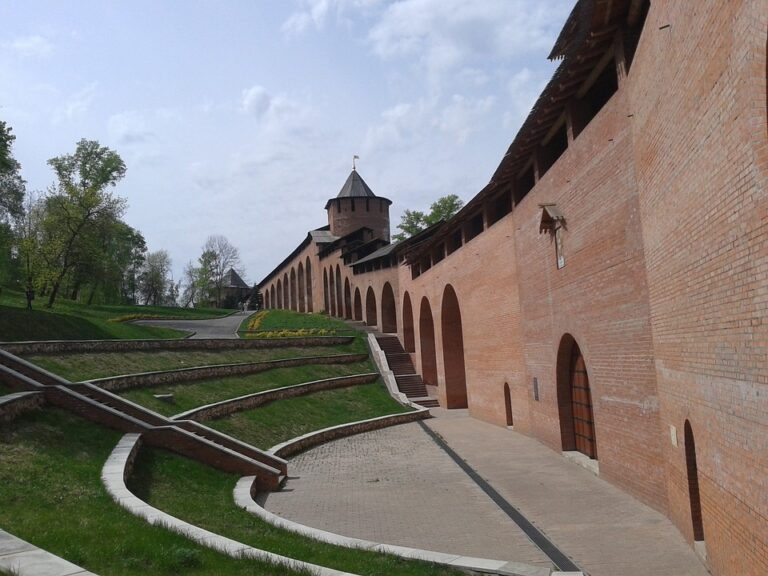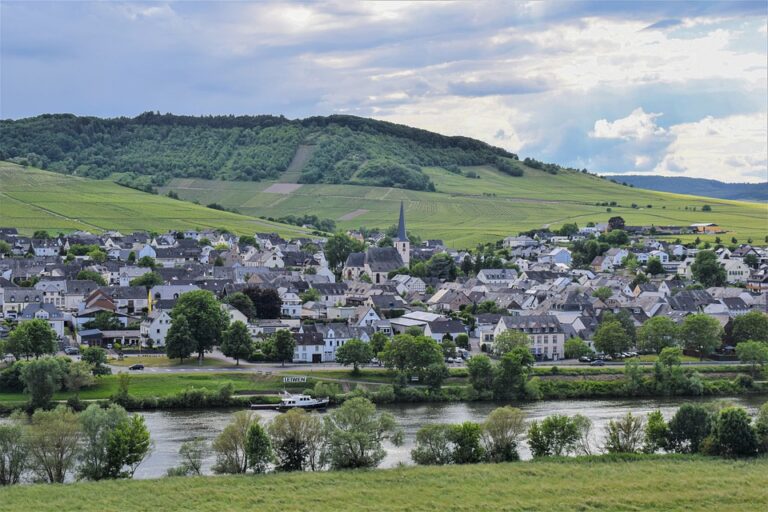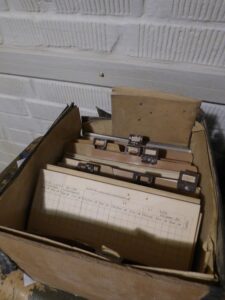Preserving the Legacy of Rekshino: A Look at Archival Documents
Rekshino, a small town nestled in the countryside of Eastern Europe, holds a rich history dating back centuries. From the medieval castles that dot the landscape to the traditional folk music that echoes through the cobblestone streets, Rekshino is a place where the past and present collide in a beautifully harmonious way. However, as time marches on and technology advances, there is a growing concern about preserving the legacy of Rekshino for future generations.
The Importance of Archival Documents
Archival documents play a crucial role in preserving the legacy of a place like Rekshino. These documents, which include everything from ancient scrolls to modern-day photographs, provide a glimpse into the past and help us understand how the town has evolved over the years. Without these records, much of the history of Rekshino would be lost to the sands of time.
For historians and researchers, archival documents are invaluable sources of information that offer insight into the daily lives of the people who called Rekshino home. From letters written by soldiers during wartime to diaries kept by farmers tending to their crops, these documents offer a firsthand account of what life was like in the town at any given point in history.
The Challenges of Preservation
While the importance of archival documents is clear, the challenges of preserving them are equally apparent. Time, wear and tear, and environmental factors all play a role in the deterioration of these important records. Without proper care and attention, documents can become fragile, faded, or even lost entirely.
Preserving the legacy of Rekshino requires a dedicated effort to protect these documents from decay. This can involve everything from storing documents in temperature-controlled environments to digitizing them for easier access. By taking these steps, historians and researchers can ensure that the history of Rekshino remains intact for future generations to learn from and appreciate.
Digitization as a Solution
One of the most effective ways to preserve the legacy of Rekshino is through digitization. By converting physical documents into digital formats, historians can ensure that the information contained within them is preserved for the long term. Digitization also makes it easier to access and share these documents with a wider audience, including researchers, students, and the general public.
Digitizing archival documents involves scanning each page and converting it into a high-resolution digital image. These images can then be stored on a secure server or cloud-based platform, where they can be accessed and viewed at any time. This process not only helps to protect the original documents from damage but also makes it easier to search for specific information within them.
The Future of Preservation
As technology continues to advance, the future of preserving the legacy of Rekshino looks bright. New tools and techniques are constantly being developed to help historians and researchers protect and access archival documents more effectively. From artificial intelligence programs that can transcribe handwritten text to virtual reality platforms that allow users to immerse themselves in historical documents, the possibilities are endless.
However, it’s important to remember that technology is only part of the solution. Preserving the legacy of Rekshino also requires a commitment from individuals, organizations, and governments to prioritize the protection of these important records. By working together, we can ensure that the history of Rekshino continues to inspire and educate future generations for years to come.
In conclusion, the legacy of Rekshino is a precious and valuable part of our shared history. By preserving and protecting the archival documents that tell the story of this town, we can ensure that its legacy lives on for generations to come. Through digitization, collaboration, and a commitment to preservation, we can honor the past and inspire the future.





